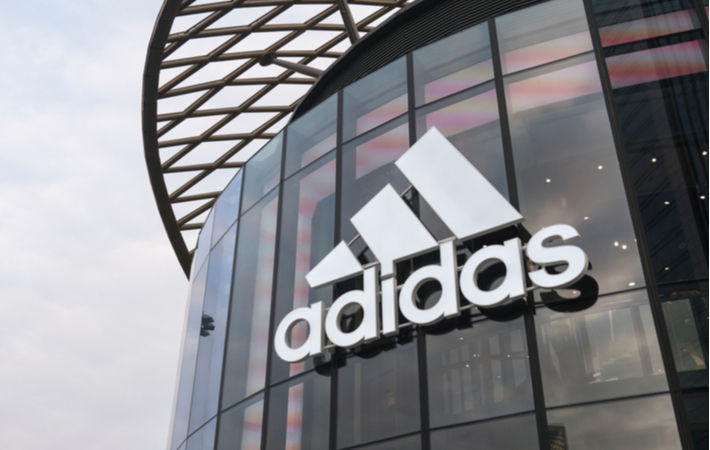Adidas recently unveiled its new strategy called ‘Own the Game’. Its primary strategic focus is to strengthen the credibility of the brand, to create a unique consumer experience and to continue to expand the company's sustainability activities. It is designed to significantly raise sales and profitability as well as gain market share until 2025.
More than 95 per cent of sales growth is expected to come from the five strategic categories: football, running, training, outdoor and lifestyle.Adidas recently unveiled its new strategy called 'Own the Game'. Its primary strategic focus is to strengthen the credibility of the brand, to create a unique consumer experience and to continue to expand the company's sustainability activities. It is designed to significantly raise sales and profitability as well as gain market share until 2025.#
As building direct relationships with its target audience plays an increasingly important role, Adidas will evolve its operating model to address consumers more directly, the company said in a press release.
As a result, the company’s direct-to-consumer (DTC) business is projected to account for around half of its total net sales by 2025 and to generate more than 80 per cent of the targeted top-line growth.
Its e-commerce business is forecast to double to between €8 billion and €9 billion. From a market perspective, the company will focus on Greater China; Europe, Middle East and Africa (EMEA) and North America.
Overall, these three strategic markets are expected to account for around 90 per cent of sales growth until 2025.
In addition, nine out of ten Adidas articles will be made from sustainable materials by 2025. In addition, the communication and marketing for products made from sustainable materials will be intensified, while product takeback programs will be rolled out at a large scale.
Adidas is committed to reducing its carbon dioxide footprint per product by 15 per cent by 2025. To this effect, the company is working closely with its partners in the global supply chain to reduce energy and material consumption and make greater use of green energy sources. It aims to achieve climate neutrality in its own operations by 2025 and overall climate neutrality by 2050.
The company draws confidence from the success of its previous strategy ‘Creating the New’, its strong market position as well as attractive growth prospects for the sporting goods industry as a whole.
With its new strategy, the company aims to increase sales by an average of between 8 per cent and 10 per cent per annum on a currency-neutral basis over the four-year period between 2021 and 2025.
The execution of ‘Own the Game’ is supported by further digitalisation of the company as well as innovation across all dimensions of its business.
Fibre2Fashion News Desk (DS)
